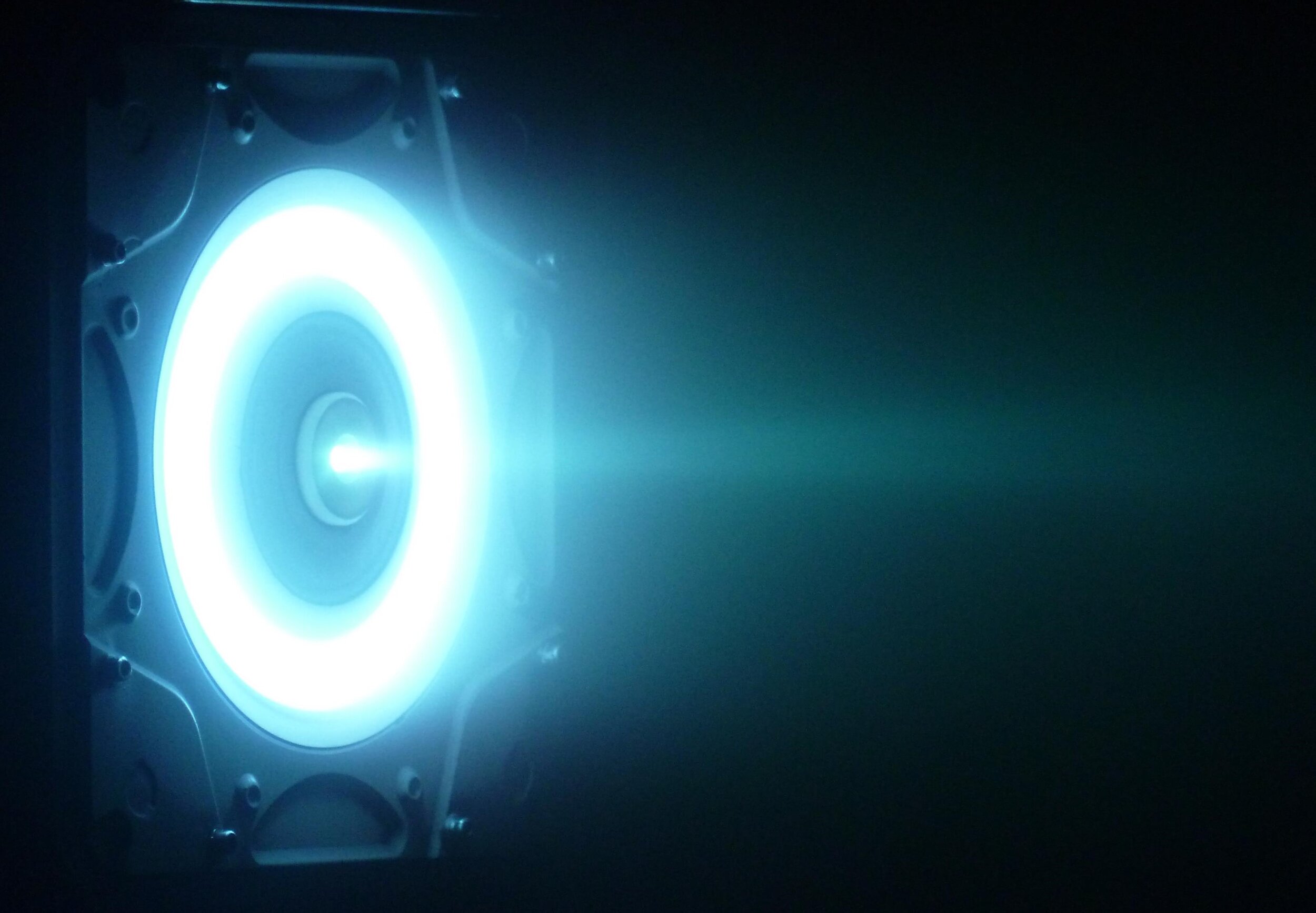Worldbuilding
A place to share your original creations or those found from around the world.
-
Ornithopters
-
Extremely clever active noise cancellation
-
Extremely clever blade/wing design
Lower density than air balloon
I found a YouTube link in your post. Here are links to the same video on alternative frontends that protect your privacy:
Been thinking about your question overnight.
Ion drives is the answer
Ion drives are what you're talking about. They have no moving parts, no rotors, and produce no vortices (vortices are what make drones and whirlybirds noisy). I have always thought that the VTOL flying cars like the ones you linked are fictional ion drives. This – https://www.youtube.com/watch?v=mnCmvxt2jn8 – gives a feel of how they look and sound. It's that science-fiction look and sound from flying cars like Black Panther or Altered Carbon

In 2018, the first ion drive plane flew 55 metres – https://www.youtube.com/watch?v=IorDYGI1uqc
The video does a good job of talking about it and about the difference between space ion engines (the more researched kind) and the ones you'd use in the atmosphere that ionise nitrogen (i.e. air). I want to stress that: I'm talking about ion engines for moving air around, not for spaceships. This youtuber is building same: https://www.youtube.com/watch?v=WC92SStn7vY
The problem with ion drives is they produce nowhere near enough thrust to make a flying car fly, but we're talking about science fiction here.
Let's think about energy density
For VTOL you need 10N per kg to lift against gravity.; for forward flight, you only need 2-3 Newtons per kg of mass: https://en.wikipedia.org/wiki/Thrust-to-weight_ratio
The first video linked says the plane produced 6.25 Newtons per kilowatt. Same authors, following year, achieved 15N/kW – https://iopscience.iop.org/article/10.1088/1361-6463/ab4a4c
Each 1000 Watts produces 15 N of force. That's enough to lift 150g vertically against gravity. Therefore we need about 7kW to lift each kilo. Or for non-vertical takeoff, about 2kW per kg. You'll need to be talking about some post-energy-scarcity future. (Of course, there could be big improvements on the 15N/kg score achieved in the iopscience paper)
You need a fuel with a high energy density so that the weight of the fuel doesn't cancel out the lift of your thrust – you need hydrogen.
Left-unity with comrades who said vacuum-airships
Because the tricky part is [thrust]>[weight], any help lifting the car is welcome. Vacuum-chambers that provide buoyancy will reduce power demand, lightening the burden on the engine.
Vacuum-airships are difficult because [weight of empty space]<[weight of air], but you need a strong shell to prevent the vacuum from being crushed. Build it out of steel or titanium? Now you've got something heavier than air. So with future materials (graphene, really) it should be possible to build a thin, light, strong shell to encase a vacuum-bubble and make your flying car lighter.
I found YouTube links in your comment. Here are links to the same videos on alternative frontends that protect your privacy:
Link 1:
Link 2:
Link 3:
I've been informed by Very Serious Hard Sci-Fi writers that it's all about magnets
You mean like a hot air balloon, or a glider?